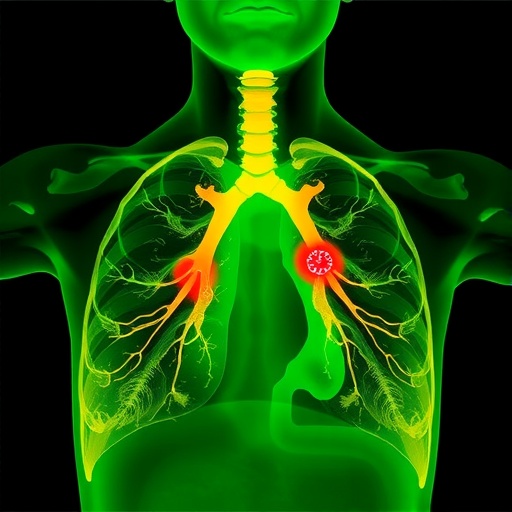
Credit: Isabel Odriozola, Flickr
A new, computer-based screening method could reveal the virus-fighting potential of drugs originally developed to treat other conditions, reports a study in PLOS Computational Biology.
Every year, viral infections cause millions of deaths worldwide. While traditional drug development can yield powerful new antiviral medications, repurposing existing drugs that are already well understood is an appealing alternative. Feixiong Cheng of Vanderbilt University School of Medicine, Tennessee, and colleagues have developed a new strategy to quickly identify drugs with this potential.
The researchers used a molecular biology technique called gene-trap insertional mutagenesis to identify hundreds of human genes that enable viruses to hijack a human cell, but are not necessary for the cell itself to survive. A computational framework was then used to screen for existing drugs that already have known effects on these genes.
The screening strategy revealed 110 human genes whose protein products could potentially serve as antiviral targets for specific existing drugs. These include several genes involved in HIV-1 or Ebola infection. The researchers identified the anti-arrhythmia drug ajmaline as one potential Ebola treatment.
Lab experiments and clinical trials are needed to validate the antiviral properties of any promising drugs identified using the new method. Nonetheless, says lead author Feixiong Cheng, it could enable faster discovery of medications for emerging public health threats with no known treatments, including Ebola.
###
In your coverage please use this URL to provide access to the freely available article in PLOS Computational Biology: http://dx.plos.org/10.1371/journal.pcbi.1005074
Citation: Cheng F, Murray JL, Zhao J, Sheng J, Zhao Z, Rubin DH (2016) Systems Biology-Based Investigation of Cellular Antiviral Drug Targets Identified by Gene-Trap Insertional Mutagenesis. PLoS Comput Biol 12(9): e1005074. doi:10.1371/ journal.pcbi.1005074
Funding: This work was supported by the National Natural Science Foundation of China (81573020). This work was also partially supported by National Institutes of Health (NIH) grants (R01LM011177) to ZZ. The funders had no role in study design, data collection and analysis, decision to publish, or preparation of the manuscript.
Competing Interests: JLM was previously employed by Zirus, Inc and is currently employed by GeneTAG Technology, Inc. The authors confirm they have no competing interests.
Media Contact
Donald H. Rubin
[email protected]





